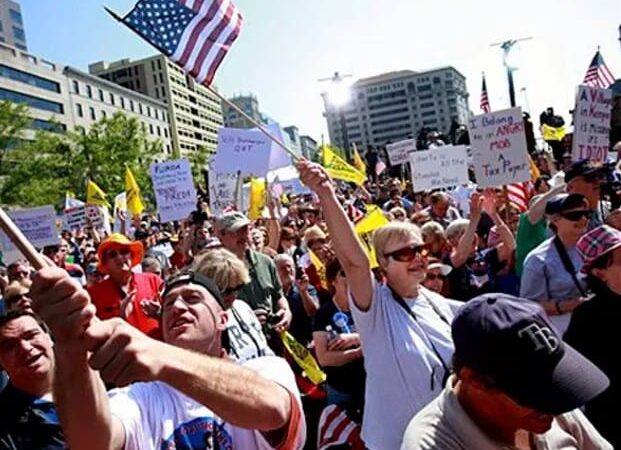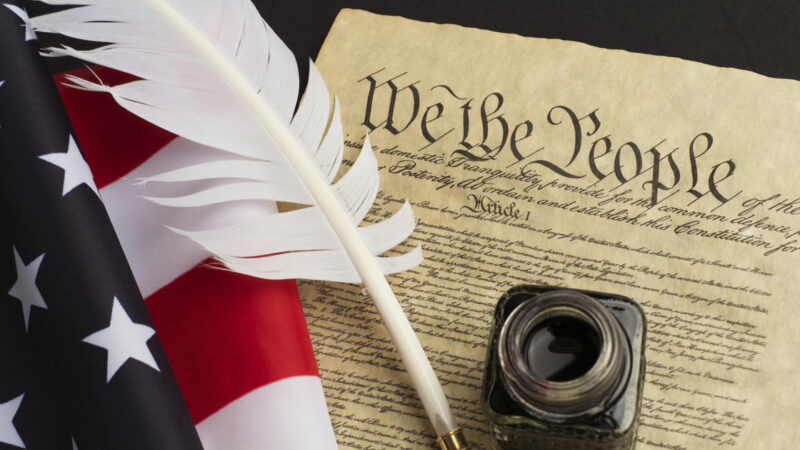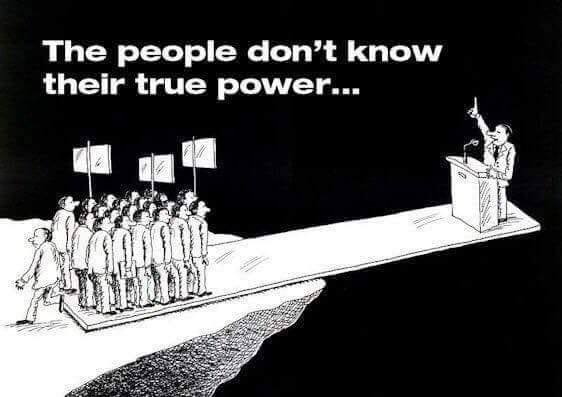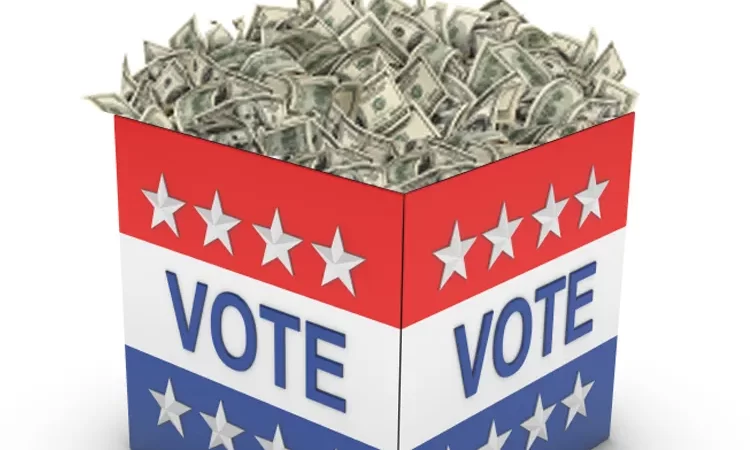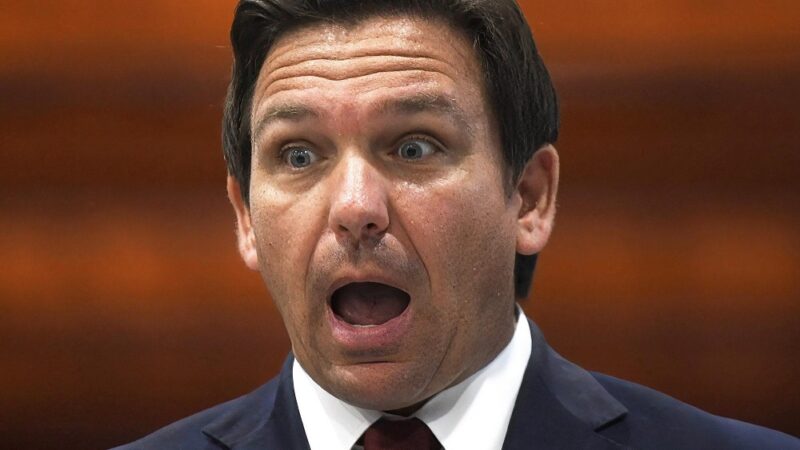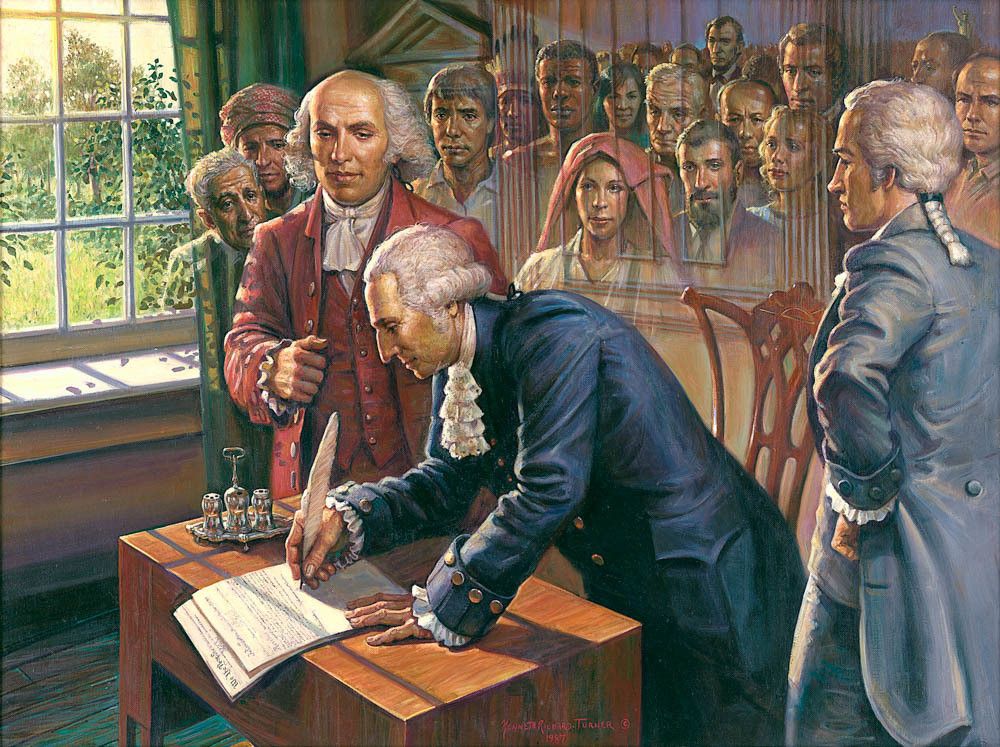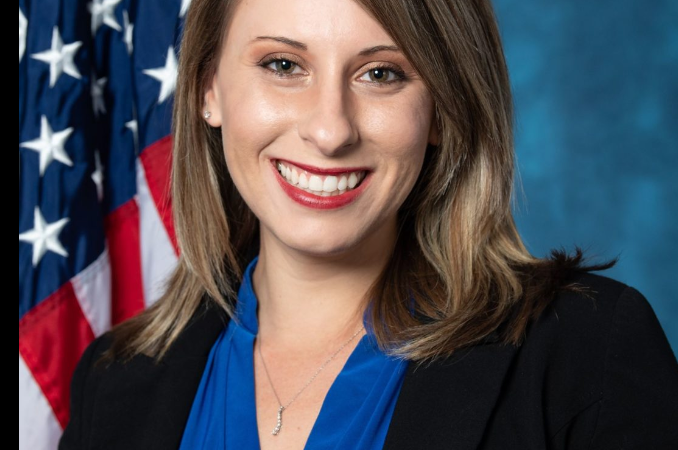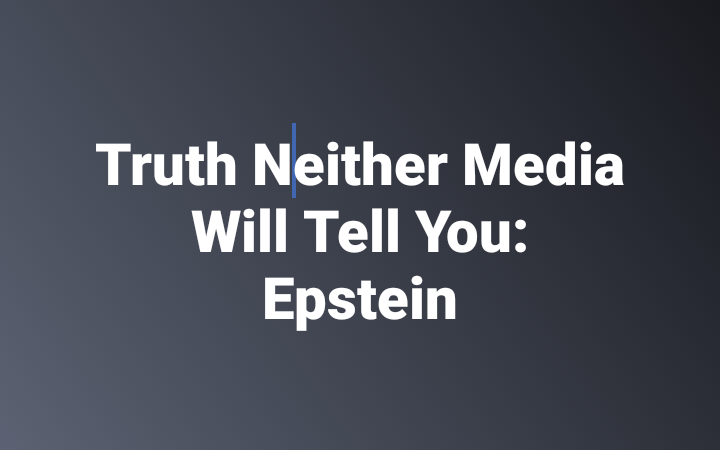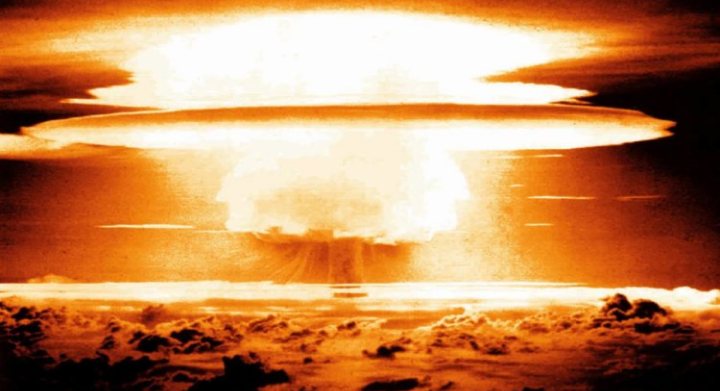This is the second in a 4-part series we are running this week. Our purpose is to help remind America where we came from, how and why we got our Constitutional government and why it is so important to keep it all together in these troubling times. Christians turn to the Bible when in personal or moral distress. As a nation we should turn to our Constitution, it is there we find the real answers to what we can all sense is going so wrong. This week we delve into what a Constitution is, why we got one and how it can guide us to solutions today.
The structure of the new American government was hotly debated by those who developed it. Constitutions were not new, but none had been constructed to satisfy the fiercely independent spirits common to early Americans who needed government but would not accept being ruled. Founders (Framers) met for a series of discussions known as the Philadelphia Convention and hammered out details until an agreement was finally reached. They had to produce a document of code that all representatives could take back home confident of ratification by citizens of their home states.
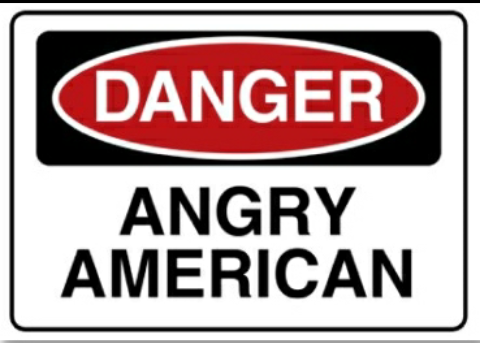
They had to produce a system the People believed would protect them from intrusive government. Citizens wanted local authority so they could influence leaders near them but all knew they also needed a central federal government with national powers. They knew distant officials would be hard to influence so they feared government would ignore them and devolve into unresponsive bodies controlled by parties who focused on party power and selfish interests instead of the best interests of the People and nation. The criteria seemed to make an acceptable system impossible.
This is where the true brilliance of our highly educated Founders rose to the challenge.
To ensure local influence states were to keep their own constitutions and governing bodies, but all must conform to the national Constitution. National government was set up in a form that made law making and function so intricately complicated and self-balancing no branch could rise to dominate and succeed in abusing powers.
First there would be a Congress. Small states feared the power of large states if representatives reflected population. Large states feared equal representation would permit small states to interfere with commerce and interests of the greater number of citizens. The ingenious solution came from Roger Sherman of Connecticut, create two Houses of Congress. The Lower House (less powerful) staffed by numbers of Representatives proportional to population in each state against national totals. The Upper House (Senate, a second stage) would contain an equal number of representatives from each state so the smallest state had the same representation as the largest.
All of this debate, all of the battles and hard work required to produce this system was based on one well known fact: They had to get it right or the American citizens would throw out them and their system with them. You just could not hope to fool the People or force them to put up with any government they did not accept. It was NOT going to happen so leaders, knowing this and being of the same temperament dug in and produced the greatest system ever devised by man.
Representation in Congress was not the only problem. They knew all about parties and were fresh off of being abused by the parties of the English Parliament which all knew to be a corrupt body of corrupt factions serving their own interests and cronies while ignoring concerns of the People. Parties began to develop in our new government long before our Constitution was conceived. Many of our Founders despised parties but some did not. All knew them to be a necessary evil and those members at the Convention had splintered into parties even as they devised a structure to limit influence of parties. The entire reason they gave us a government of three balancing powers was because the leaders and citizens did not trust party integrity and would not risk a system easily subject to take over by two entrenched parties which would eventually morph into one seizing all power over the People. History was littered with the downfall of republics destroyed by party shenanigans and everyone knew it.
The threat of rebellion against a new system had to be managed so more than a Congress was needed. A President as Executive power and the ever present courts as Judicial powers were the accepted standards. The question was how to keep one from dominating the others.
Courts, another necessary evil, have never been loved by anyone but lawyers and public opinion of both has never been high in any nation or form of government. One high court was established to ensure protections of the new Constitution were enforced at a level Congress and the President could not easily manipulate to their advantage. Justices were to be selected and appointed by the President but must first be approved by Congress before being seated. Two branches balancing the third. Justices were NOT (and are not) required to be lawyers, but trusted individuals of wisdom and good character who had demonstrated fairness and dedication to constitutional principles. They were to be seated at the court only during good behavior, not a lifetime or self determined length of service. Congress was given the power to establish all other courts, the Supreme Court had no say in it. Again we see structure designed so the People were represented in setting up the courts they would have to answer to. No way would they have accepted a court system which could rule against the wishes of the public or confines of our Constitution without facing removal for failing the good behavior dictate.
>Fear of rejection by the people was the first consideration in establishing Congress, and now the courts. The Presidency faced the same constraints. Once Washington stepped away from the chance to be the first American King, talk of a monarchy or all powerful single leader evaporated. Balances were then devised to limit the power (or abuse of) by a President. The Supreme Court retained the power to reject presidential actions that conflicted with constitutional limits. The powers of the President were clearly defined so there was no confusion about his ability to dictate and the power of Congress to punish and even remove a rogue President was defined step by step.
The American people of that era would have it no other way. They were going to be satisfied, their worst fears addressed and the intrusive powers of all officials of government limited and subject to correction or those People were ready to refuse the entire proposition. The final proof of this respect for the demands of citizens was demonstrated in the ratification process of the final Constitution. The people had to see it, had to vote to approve it or it was null and void. So, it was submitted as a final proposal. It was rejected, killed at the starting gate before any approval of any kind!
Once again American citizens flexed their muscle. Their extremely independent natures well educated to the abuse of party powers within past experiments and the all too familiar Parliament had them on guard. They examined the Constitution and the reply was, Yeah that sounds real nice but what happens when one or two parties take root and start ignoring us to serve themselves and their cronies instead of following this piece of paper? There is nothing here to protect us so fix it or well start over. The rest of the world was in awe. Those Americans just could not, would not be satisfied. It appeared they could not be governed but they were, in fact educated. They knew about Bills of Rights elsewhere so they demanded one of our own. Once again the People demonstrated we are in charge and consent of the governed SHALL be the basis of rule here or we have no deal.
Back to the drawing board and more debate, more angst from Founders, more heated arguments, ideas floated, ideas killed and a 10-step Bill of Rights emerged. They became codified as 10 Amendments to the original 7 Articles of our Constitution which remained as first submitted. Now they had the structure and citizens had the power and defined ability to always remain the owners, watch dogs and final authority limiting powers of government to the Constitution all agreed to. There were now systems in place to prevent the scourge of corrupt parties from undermining constitutional law, eroding rights, freedoms and power of the People. Government was now allowed to set up and get to work, as long as they behaved and parties did not become entrenched and start playing with the works for their own benefit.
That was the greatest fear of the day because those People knew history. In support of those fears a great many of our Founders made comments recorded for all times warning Americans to be ready to remain vigilant of actions by officials and destroy parties when trouble arose. Benjamin Franklin himself gave the first and most succinct warning as he left the Convention when our Constitution was ratified. A lady outside asked, Mr. Franklin, “What type of government have you given us?” Old Ben, in his wry wisdom replied, “You have a Republic, if you can keep it.”
Franklin was still wary of the party ability to usurp. He was right, they all were. Since that day, no constitutional power of the People has been altered or removed. The American Spirit of defiance and demand for integrity in government and authority to reject government intrusions and abuse fueled the development of our system. It remains now as then when government feared the citizens. Early Americans stood their ground with determined decency backed by unyielding insistence upon fairness and true representation insulated from the poison of corrupt parties. That was the breakthrough in governance that made American principles the most successful and respected inspiration for a world that envied our ability to make it happen.
As Franklin said, If we could keep it.
We the People have a Duty
Do we truly demand the immense power our American Principles?

